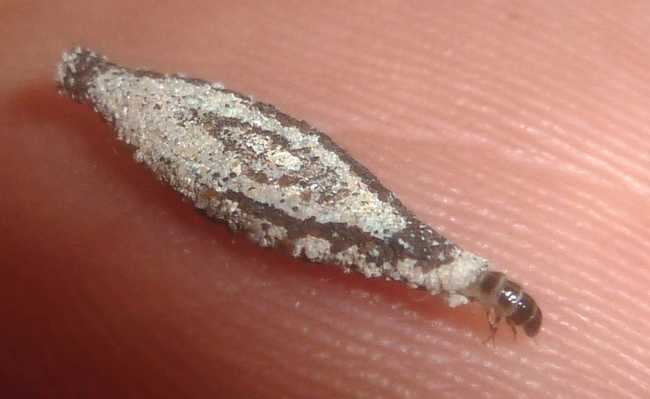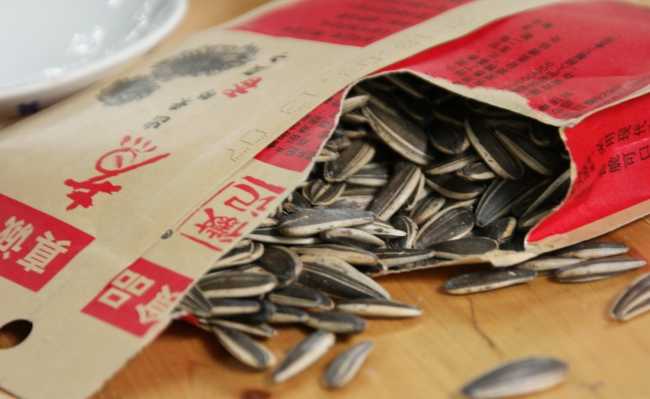Combination of pesticides shortens life and modifies bee behavior
A study showed insecticides and fungicides reduce the lifespan of bees by up to 50% and alter the behavior of workers, which could compromise the hive

Image: Massimiliano Latella on Unsplash
A new study by Brazilian biologists suggests that the effect of pesticides on bees may be greater than imagined. Even when used in doses considered non-lethal, an insecticide shortened the lifespan of insects by up to 50%. In addition, the researchers observed that a fungicidal substance considered harmless to bees altered the behavior of workers, making them lethargic – a fact that could compromise the functioning of the entire colony.
Research results were published in the journal. Scientific Reports, from the Nature group. The work was coordinated by Elaine Cristina Mathias da Silva Zacarin, professor at the Federal University of São Carlos (UFSCar), Sorocaba campus. Researchers from the São Paulo State University (Unesp) and the Luiz de Queiroz College of Agriculture (Esalq) of the University of São Paulo (USP) also participated.
FAPESP supported the investigation through the Thematic Project "Bee-agriculture interactions: perspectives for sustainable use", coordinated by professor Osmar Malaspina, from Unesp in Rio Claro. There was also funding from the Coordination for the Improvement of Higher Education Personnel (Capes) and the Cooperative of Beekeepers of Sorocaba and Region (Coapis).
It is a known fact that several species of bees are disappearing all over the world. In Europe and the United States, the phenomenon has been observed since the year 2000. In Brazil, since at least 2005.
In Rio Grande do Sul, between December 2018 and January 2019, the loss of approximately 5,000 hives was recorded – something equivalent to 400 million bees.
And it's not just individuals of the species disappearing Apis mellifera , a bee of European origin and mainly responsible for commercial honey production. In the Brazilian forests, there are hundreds of wild species possibly affected. The predicted economic impact is immense, as much of agriculture depends on the pollination work carried out by these insects. This is the case, for example, with all edible fruits.
The cause of the sudden mass disappearance is also known: the improper and indiscriminate application of pesticides. Chemical compounds such as insecticides, fungicides, herbicides and acaricides contaminate bees that leave the colony in search of pollen and end up reaching the entire hive. Once inside the colony, these compounds are ingested by the larvae, compromising their longevity and the functioning of the colony as a whole.
"In Brazil, soy, corn and sugarcane monocultures depend on the intensive use of insecticides. The contamination of bee colonies occurs when, for example, farmers do not respect a minimum safety margin (250 meters are recommended) in the application of pesticides between crops and the forest areas that border them. There are people who apply chemical products to the limits of the forest," said Malaspina.
“In Europe and the United States, bee colonies die little by little. From the initial confirmation of the death of the first bees to the death of the colony, it can take a month or even five months. In Brazil it is not like that. Here, hives disappear in just 24 or 48 hours. There is no disease capable of killing an entire hive in 24 hours. Only insecticides can cause this”, he said.
Malaspina highlights that there are more than 600 types of active ingredients in insecticides, fungicides, herbicides and acaricides used in Brazil.
“It is impossible to test the action of each of them in the laboratory. There is no money for that”, he said.
In the Colmeia Viva Project, between 2014 and 2017, a study was carried out to identify, among the 44 active ingredients most used in agriculture in São Paulo, which could be related to bee mortality. Eight ingredients were detected with proven lethal action for apiaries.
The project team collected material in 78 municipalities in São Paulo. Working with beekeepers, farmers and the pesticide industry, the researchers recommended a series of actions to protect apiaries, such as observing minimum safety margins in the application of pesticides and good agricultural practices.
Associated use of pesticides
According to scientists, the beneficial effects of the Viva Bee Project may be starting to emerge. In the same period in which the 5,000 bee colonies in Rio Grandes do Sul disappeared, losses were lower in the states of Santa Catarina and Paraná – among São Paulo beekeepers, the impact was even smaller.
"But this does not mean that the bees of São Paulo are safe from pesticides. Far from it. We are starting to test what are the effects on honey bees of the associated use of insecticides with fungicides. And we have already discovered that a certain type of fungicide, which when applied alone in the field is harmless to hives, when associated with a certain insecticide it becomes harmful. It does not kill bees like insecticides, but alters the behavior of insects, compromising the colony," said Zacarin .
The active ingredients investigated were clothianidin, an insecticide used to control pests in cotton, bean, corn and soybean crops, and the fungicide pyraclostrobin, applied to the leaves of most grain, fruit, vegetable and vegetable crops.
“We carry out pesticide toxicity tests on bee larvae and at relevant environmental concentrations, that is, realistic concentrations, such as those found residually in flower pollen,” said Zacarin.
Observation is important. Any pesticide in large concentrations decimates hives almost immediately. But what researchers are studying are the subtle and medium to long-term effects on hives. "What interests us is discovering the residual action of pesticides, even in very low concentrations, on these insects," said Zacarin.
Behavior change
The tests were all carried out in vitro, with insects confined inside laboratories so that environmental contamination would not occur. Under these conditions, larvae of Apis mellifera they were separated into different groups and fed between the third and sixth day of life on a diet composed of sugar and royal jelly. What varied was the type of toxic ingredient present in the food, always in minute concentrations, in the range of nanograms (billionths of a gram).
The diet of the control group did not contain pesticides. In the second group, the diet was contaminated with the insecticide clothianidin. In the third group, contamination was by fungicide (pyraclostrobin). And, in the fourth group, there was an association of the insecticide with the fungicide.
"After the sixth day of life, the larvae become pupae and undergo metamorphosis, from where they emerge as adult workers. In the field, a worker bee lives an average of 45 days. In a confined laboratory, it lives less. But insects fed on the diet contaminated by the insecticide clothianidin in very low concentration had a drastically shorter lifespan, up to 50%”, said Zacarin.
Among the larvae fed on a diet contaminated only by the fungicide pyraclostrobin, no effect was observed on the workers' lifetime.
"On the basis of this result alone, we could imagine that the fungicide in low concentration is harmless to bees. Unfortunately, this is not the case," said the researcher.
No bees died in the larval and pupae stage. However, it was found that, in adulthood, workers underwent changes in their behavior. They became slower than the control group insects.
"The young workers carry out daily inspections in the hive, which takes them to travel a certain distance. They move a lot within the colony. We verified that, in the case of bees contaminated either by the fungicide alone or associated with the insecticide, the distance traveled and the speed were much smaller,” said Zacarin.
If the same happens in the environment with a considerable part of the workers of a hive, such change in behavior would end up harming the functioning of the entire colony. This may be one of the reasons for the mass extinction of bees.
It is not yet known how the fungicide acts to compromise the behavior of bees. "Our hypothesis is that pyraclostrobin, when combined with an insecticide, would decrease the energy metabolism of bees. New ongoing studies may come to elucidate this mechanism," said Zacarin.
The article Late effect of larval co-exposure to the insecticide clothianidin and fungicide pyraclostrobin in Africanized Apis mellifera (doi: doi.org/10.1038/s41598-019-39383-z), by Rafaela Tadei, Caio EC Domingues, José Bruno Malaquias, Erasnilson Vieira Camilo, Osmar Malaspina and Elaine CM Silva-Zacarin, is published at: www.nature .com/articles/s41598-019-39383-z.








